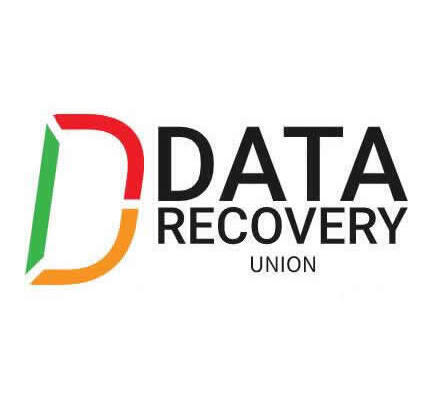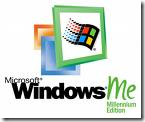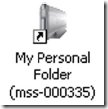
USB devices not detected in Windows ME
 My computer has a USB1.1 port or I have just installed a USB2.0 host adapter. The host adapter shows correctly without conflicts in Windows’ Device Manager but the USB2 Personal Storage device does not appear. I’ve tried many things: disconnecting and reconnecting the data cable to make the drive appear, deleted then refreshed the USB host adapter from Device Manager. The ‘unplug or eject hardware’ icon appears (or is not seen) in the System Tray (located at the bottom right corner of your screen). The USB controller is shown in Device Manager but not the USB2 Personal Storage Device!
My computer has a USB1.1 port or I have just installed a USB2.0 host adapter. The host adapter shows correctly without conflicts in Windows’ Device Manager but the USB2 Personal Storage device does not appear. I’ve tried many things: disconnecting and reconnecting the data cable to make the drive appear, deleted then refreshed the USB host adapter from Device Manager. The ‘unplug or eject hardware’ icon appears (or is not seen) in the System Tray (located at the bottom right corner of your screen). The USB controller is shown in Device Manager but not the USB2 Personal Storage Device!
There are many reasons an external storage device does not appear connected to the USB controller. Missing or corrupted drivers can sometimes be at fault. The Windows ME operating system typically supplies all needed drivers for Maxtor Personal Storage drives. Sometimes drivers do not load correctly or have never been installed. Some computer manufacturers choose not to load these drivers to the operating system to avoid possible conflicts with other devices. Confirm that these files are loading from the correct directory if your 3000LE is not detected by the operating system.
From Windows Explorer drill down to the directory: C:\WINDOWS/OPTIONS/INSTALL Open the BASE2 folder and scroll to the bottom.
Highlight these files. Drag and drop them to the directory
C:\WINDOWS/SYSTEM32/DRIVERS
- LIUSBAUTH.SYS
- USBCCGP.SYS
- USBHUB.SYS
- USBNTMAP.SYS
- USBPRINT.SYS
- USBSTOR.SYS
- USBMPHLP.PDR
- USBD.SYS
- USBUI.DLL
Windows may note an error message that these files are already loaded. Choose the option to replace the files anyway. Perform a full system restart. The ‘unplug or eject‘ icon should appear in the system tray. Double click this icon and the Personal Storage device should appear correctly.
This procedure is effective in most cases. All OEM (original equipment manufacturers) make specific changes to hardware and software to ensure error free operation of their systems. Adding any after-market peripheral device places a burden of responsibility on you the end user. Maxtor performs extensive compatibility and regression testing with all commonly available computers but ultimately you are responsible for compatibility and error free operation of your particular computer system.



